- Home
- Knitting Instructions
- Cast Off Knitting
Cast Off Knitting for beginners
You just finished your first knitting project and now it's time to cast off knitting stitches. Yay!
What does casting off knitting mean? It's a way to remove your stitches from the needle and secure them properly so that won't unravel.
Don't worry it's very simple to do with my step by step beginner knitting instructions
And besides, you already learned how to cast on stitches, how to knit and how to purl right? And they were quite simple to learn right?
Learning to finish your knitting project and casting off stitches is super easy to learn too.
Before I get started please note that the words cast off and bind off mean the same thing and will be used interchangeably throughout this page.
For these cast off knitting instructions I'm going to show you the basic bind off. It's easy to learn and makes a neat and secure firm edge
Cast Off Knitting Questions And Answers
1. Should I use a larger needle to cast off stitches? If you are a tight knitter like I am than using a larger needle is a great idea. Why?
It will help to keep your cast off edge stretchy and it will be less likely to curl.
2. How much yarn do I need to cast off stitches? It needs to be three times the width of your knitting project. Here's what I do.
Loosely wrap your yarn around your knitting project three times. It'll seem like a lot of yarn but it always works for me. If you're worried do four times.
3. Do I cast off stitches on the right side or the wrong side? Most of the time you'll cast off stitches on the right side of your work. But check your knitting pattern instructions.
The odd time they may ask you to cast off on the wrong side. It's okay though, it just depends on the pattern.
4. How can I cast off last stitch neatly? It's kind of loose. I've got the perfect answer for you.
I created a special picture knitting tutorial step by step for you to follow so that your last stitch will look perfect. Click on the link.
5. What does cast off knitwise mean? You will be inserting your needle into every stitch as if to knit
6. What does cast of purlwise mean? You will be inserting you needle into every stitch as if to purl.
Note: Knitwise and purlwise tell you how you will insert your knitting needle into the next stitch. That's all it means.
Super Important Note When You Cast Off Knitting Stitches
The most important thing to remember when you cast off knitting is to cast off very loosely.
And it's something I'm not very good at doing myself. I'm a tight knitter.
Completely loosen your grip on your needles and very softly and gently cast off stitches. Don't tension the yarn at all.
If you cast off too tightly you'll find that your knitting will kind of pucker and it won't really drape very well.
Sometimes it'll even start to curl a little. So try to keep the stitches a little looser than the regular tension you use.
If you still have trouble then as I suggested above, use a larger knitting needle and that should help. Go up one size larger and see how it works.
I also explain more about this on my bind off knitting tips page so you may want to take a look there too. It might help.
Let's get started.....
Cast off Knitting Instructions
Step 2: Push left needle through the first stitch you knit on the right needle
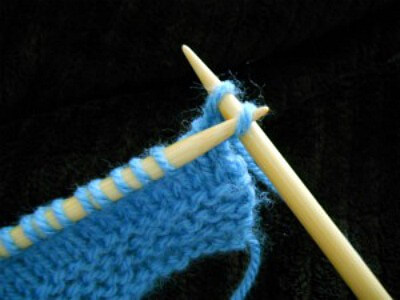
Step 3: Lift the first stitch over the second stitch kind of like you're leap frogging.
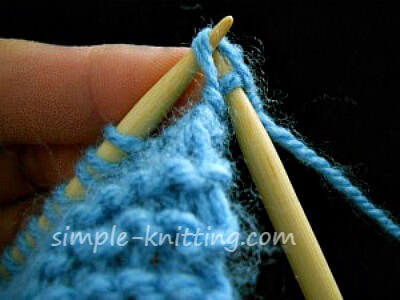
Step 4: Then just let the stitch fall.
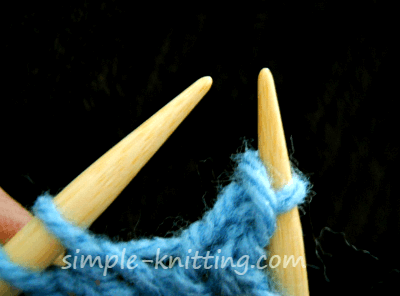
Knit one more stitch and repeat steps 2 - 4 until you have one stitch left.
Then continue on with my instructions below to finish knitting your project
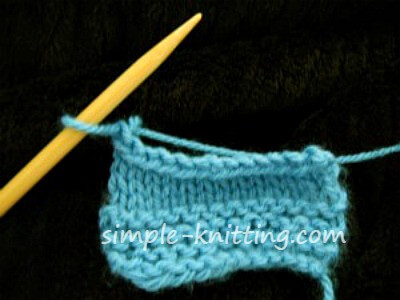
Leave about six inches and cut the yarn. Bring yarn right through the loop
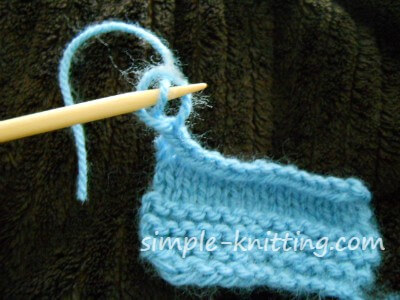
Yarn is right through the loop
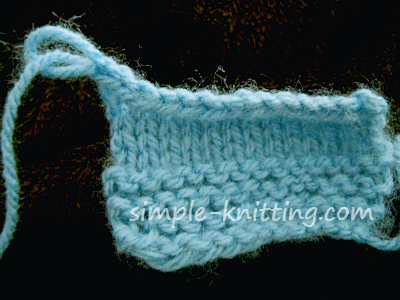
Then just pull it snug
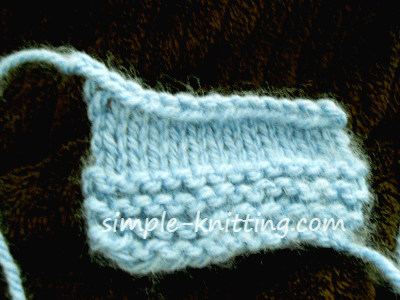
And you're all done, well there's still the weaving in the ends of course but it's always a good feeling to finish a knitting project.
Here are two videos demonstrating the cast off knitting technique I just showed you.
One is the English knitting method and the other is Continental.
Cast off Knitting Video - English Style
Cast Off Knitting Video - Continental Style
Pretty simple right? Maybe it's time for a cup of tea. Enjoy!
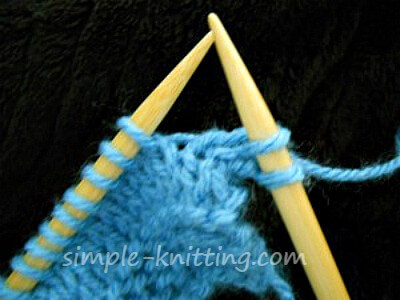

Comments